What was the most memorable thing about the last film you saw? Was it just about an engaging plot? Filmmakers know that an emotional impact depends not only on a great story but also on creating great film characters.
It’s about heroes we want to be, villains we are afraid of, or antiheroes we’re not sure whether we like or hate.
But it’s also about ordinary people put into extraordinary situations we can relate to.
Creating great film characters that resonate with the audience is both art and trade.
Whether you’re shooting a Hollywood blockbuster or a short drama on zero budget, you need great film characters to make your film work.
We are here to show you how to do it.
In this article, you will learn:
- Key traits of memorable film characters.
- Techniques to develop deep, realistic characters.
- How to engage audiences with your characters
So, how do you start?
As you’d do if you were applying for a job – by writing your character’s CV.
01 Write Down Your Character’s Backstory

We all have a history that made us who we are, for better or for worse. It’s the same with film characters.
Film The Pursuit of Happiness (2006) revolves around the story of Chris Gardner, played by Will Smith, who works his way from being homeless and taking care of his son, to being one of the best stockbrokers in the world.
Know Your Character’s Past
Gardner’s interview for the position isn’t just a matter of getting a better job. It’s about survival and giving his son a chance for a better life. That’s what drives him to come to the job interview all sweaty and dressed like a garbage man, the result of a series of unfortunate events.
Show, Don’t Tell

Would somebody who just wants to land a better job risk embarrassing himself in the same way?
Probably not.
Is it something Chris we get to know in the film would do?
Yes, and we want to watch him pull it off.
In our blog about working with actors, we discussed that in most cases there is no need to show viewers every single thing from your character’s past.
The important thing is for you and the actor to know where their decisions come from and for viewers to see authenticity coming from those decisions.
A great example of this is the iconic role of Joker Heath Ledger built in film The Dark Knight (2008).
Build Intrigue

Throughout the film, we wonder about the origins of this evil that unfolds on the screen in front of us.
Finally, Joker tells a personal story about the abusive father who cut his face and gave him scars around his mouth.
As we think we finally learned something about him, during another heist, he tells another victim a story. This time, it was him who did it to himself.
What is the truth? The story involving his father, friend, or somebody else? Did it ever happen?
When you’re building a character, make sure you know the facts about them.
This will lead to a paradigm shift.
Make Characters React
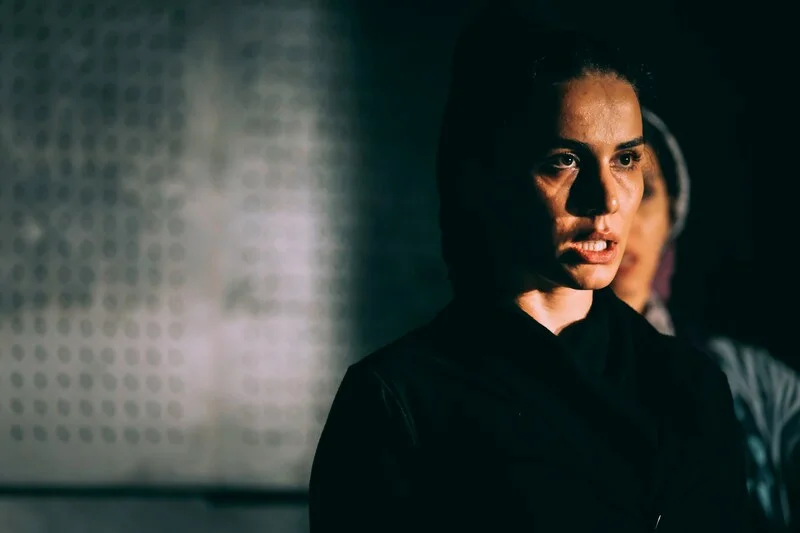
If an ex-gambling addict passes next to the new casino on his way back home, even without knowing about his past addiction, as viewers, we should get a feeling our character is struggling with something.
It’s not about what should happen next but how your character reacts and does with his past in mind.
It’s not about how your actor should “nail” the performance in front of the camera but staying true to the character they’re playing.
If you do this properly, you’ll be able to spot the minute you start to label your characters, and you want to do the opposite.
02 Build Flesh ‘n’ Blood Characters
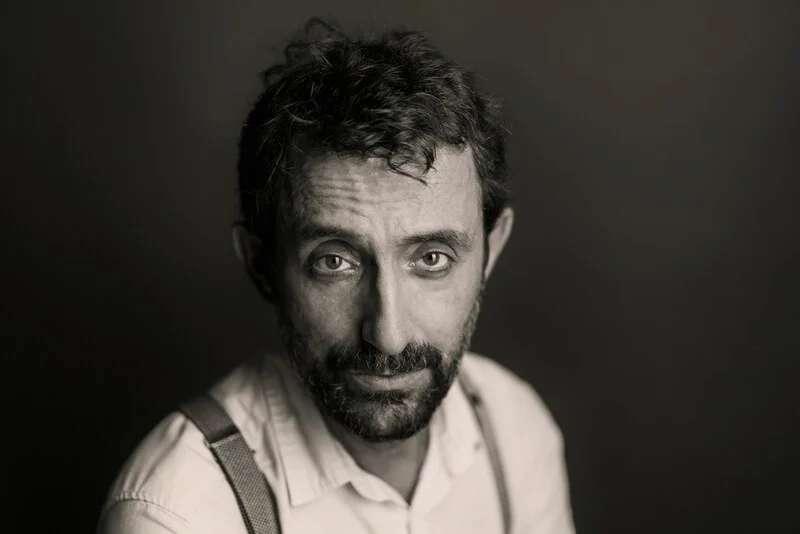
Input or description such as “He’s really a good guy” or “He’s the ultimate bad guy” are huge red flags indicating you’re about to build cardboard characters and have problems in the editing room.
Unless you’re deliberately doing it, you’ll end up with black and white characters that will feel fake.
If you have an engaging script, viewers will be engaged with the plot and might not object too much but why not change it with a simple approach.
Playing with Opposites

Does your character feel out of this world as an ultimate good guy?
Throw in a dark spot on his shining armor.
Think of an impeccable platoon leader who’s made a mistake that cost his men’s lives.
Visionary entrepreneur who decides to give in to bribing politicians to secure a job he’d get anyway.
Or a brilliant surgeon who’s addicted to cocaine.
Soderberg did this brilliantly in the TV series The Knick (2014-2015).
Adding Flaws for Authenticity
As we are familiarized with Dr. John Thackery, it seems like his vice is not even worth our time. He does his job, lives get saved, no harm done, right?
But in one episode, the absence of cocaine meant for patients will disrupt the way John gets his addiction settled and leads to cascade events that will put him on the path of destruction he’s also taking young nurse Lucy on.
This can go another way as well, as shown by Russell Crowe in the great remake of western 3:10 to Yuma (2007) with a brilliant dinner scene.
Complex Villains
Russell Crowe could have easily built a classical villain character.
But a killer who needs to be brought to justice at moments seems more just than the characters who are about to hold him accountable.
Ben Wade is not only smart but also witty and worst of all – asks great questions.
Raising Stakes
By building out-of-the-box villains, Russell Crowe expanded the influence of the role to other characters organically.
At the end of the scene, he puts a seed of doubt in the heart of the main character’s son and wife.
If your characters feel flat, equip them with opposites of what they have plenty.
And don’t forget to return to the basics of good storytelling that will automatically add authenticity to your characters.
03 Put Hurdles in Front of Your Characters

David Mamet defined that all there is to plotting can be summarized in one sentence – character is trying to get from point A to point B. What is the catch?
There are hurdles in front of characters, so instead of a straight line from A to B, you get a curved road that actually builds the storytelling.
If you’re wondering how to do it, all you need is one simple word:
Power of “But”

Watch it at work with our examples from this article.
Chris wants to land a job in a prestigious broker company, BUT he needs to pass the interview.
Christian Bale needs to transport Russell Crowe to another city so he can be brought to court, BUT Crowe’s gang will do anything to set him free.
Joker wants to turn citizens of Gotham against each other, BUT Batman is willing to sacrifice his reputation to protect the integrity of the city’s beloved prosecutor.
Let’s put Mamet’s thesis to the test on an improvised story.
Make it a Bumpy Road
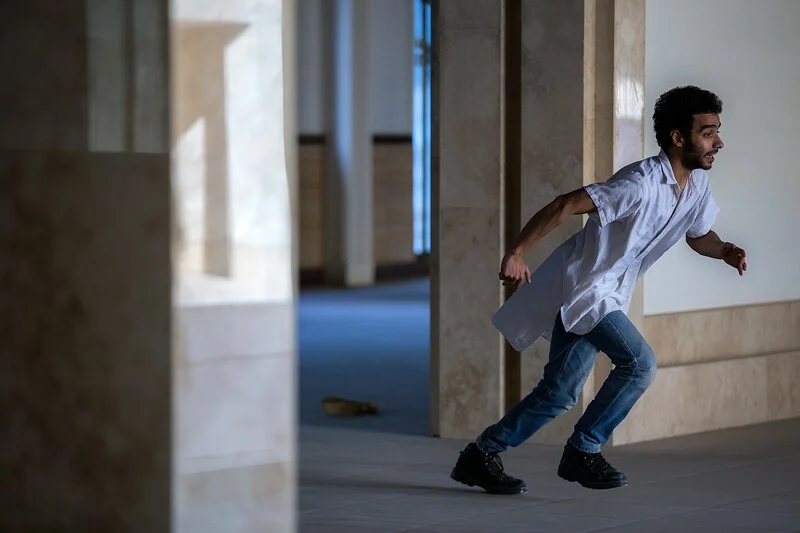
Jake, our ex-military hero, works a conventional 9-5 job as a sales insurance agent and is heading home on what appears to be a normal weekday.
All our character wants is to safely get to his family, BUT on the way back the road is blocked.
Robbers try to mug him, BUT he’s managed to overcome them.
He wants to continue his travel, BUT he’s got a flat tire and doesn’t have a spare, although he was sure he does.
The man comes along willing to help him, BUT in return, he asks him to…
Cause and Effect

Our hero’s task is quite simple – he just needs to get home.
Execution is something else.
Watch as it naturally opens other options for storytelling.
What are the intentions of the man willing to help our hero (he might turn out to be a mentor in the classic setup for Campbell’s Hero’s Journey)?
Was it just a random heist, or does it have something to do with Jake’s past?
If it does, is it connected with a top-secret mission he can’t talk about?
If you take a closer look, 90% of the plots are built in this manner, and for a good reason.
The more there is at stake, the more we get connected with our character.
This was brought to an extreme in the engaging series 24 and its main character Jack Bauer.
Jack is often put at impossible decisions that require tremendous sacrifices.
For Jack, this is a lose-lose scenario.
For viewers, it’s a cliffhanger which draws us closer to our (anti)hero’s shoes.
You don’t need millions to use it in your script, just raise the stakes for your characters.
Raise Stakes
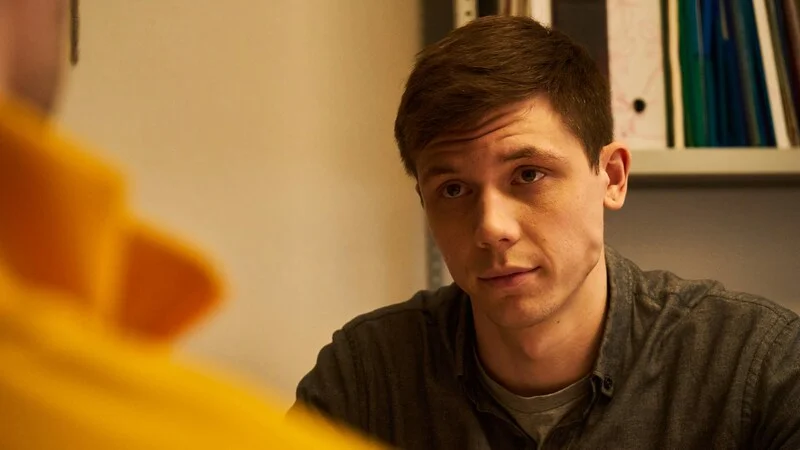
If your single mother doesn’t land a job, she doesn’t just end up broke. She loses custody of her daughter who’ll end up in the social care system.
A student gets accepted to the prestigious university program, but if she doesn’t land two additional jobs, she won’t be able to enroll.
Along these hurdles, you’ll need something else to make your characters more believable. Every person has layers, and so should your characters.
04. Unveil the Masks Your Character Wears
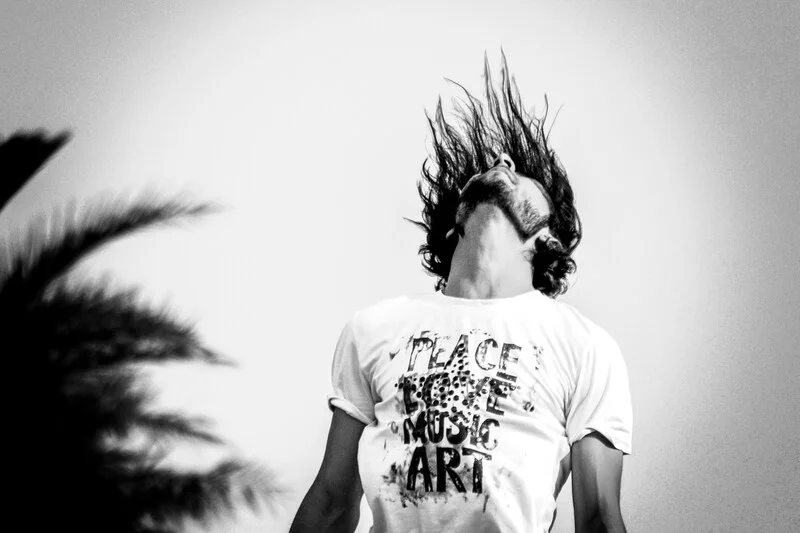
A seemingly stern teacher could be a secret salsa dancer. A tough detective might write poetry in his downtime. These contrasts make characters more human and relatable in front of the camera.
In Saving Private Ryan, Tom Hanks plays a captain that successfully leads his platoon across multiple battles.
His soldiers see him as a fearless leader and started a pool on what he did before serving in the army. Professional soldier? CEO leading a big industry company? Stock broker? Firefighter?
Choose the Right Moment
In this masterfully crafted scene, it’s the unveiling of the captain’s secret that makes soldiers forget about their quarrel that might have ended up in bloodshed.
He turns out to be a teacher.
This small twist also organically opens the door to a new dimension of Hanks’s character as he speaks about his civilian life but also his fears and hopes.
The end result?
We get to know the other side of the captain, we connect more with him and his men and care more.
Encourage your viewers to think about the masks your characters wear and then strip them off in a moment that will push the plot in a new direction.
But sometimes, just peeling the layers won’t be enough if your character doesn’t feel “human” enough.
If that’s the case, you might be missing those little things that make a difference.
05 Create Quirks that Define Characters
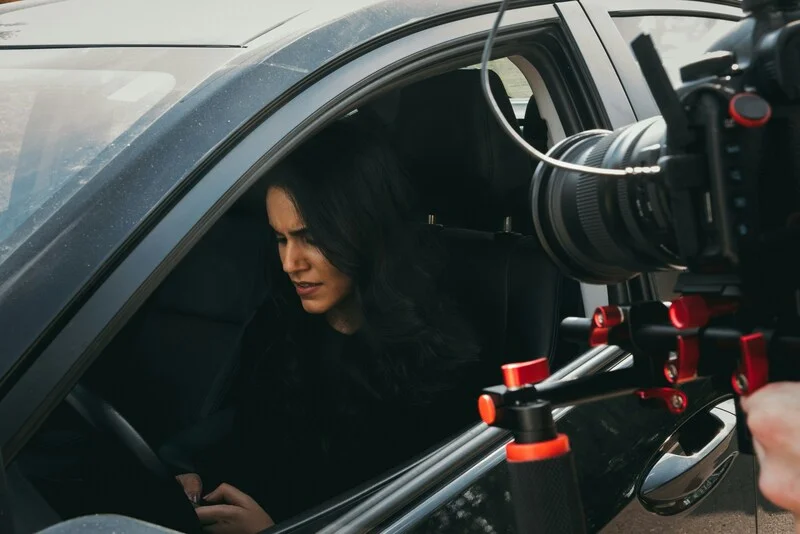
Quirks can be endearing, annoying, or even dangerous, but they’re always memorable. Maybe your character always whistles when nervous or obsessively polishes their shoes.
These small details can lead to significant plot points or simply make your characters more vivid.
Monk in the series by the same name is a brilliant detective, but his obsessive–compulsive disorder makes his detective job harder. His unwillingness to step into mud to catch a killer or being slowed down by necessity to count stairs connect us closer to his character and bring smiles to our faces.
Use Quirks to move the Plot
Indiana Jones is a fearless adventurer who goes to the most exotic parts of the world, but at the same time, he’s got a phobia of snakes.
It’s also the crucial thing he needs to overcome to get out of the trap.
Drawing inspiration from small habits and imperfection from people you know can be rewarding for the writing process.
Now that you’ve built great characters, one crucial thing still might be missing. Just as no man is an island for himself, nor are our characters.
06 Use Relationships as Character Windows

If you take a closer look at the most memorable roles, you notice that their depth usually comes from interacting with other characters.
You might argue that there are great characters that are all about individualism, but even they were often built upon relationship issues – often around hating relationships.
A great character Hugh Laurie built for the TV series House is a good example of this technique.
The Role of Relationships
House is a misanthropist and nihilist who’s making everything he can to make the lives of his interns miserable.
His only friend is his colleague Wilson and on many occasions, he makes his life miserable too.
Yet, their relationship is also a crucial way of finding more about House and a great way to set his character fly without using genie from the bottle solution.
Opposites attract

In a Midnight Run, Robert DeNiro plays a bounty hunter chasing a mafia accountant. Escorting him to justice turns out to be a difficult assignment but the backbone of this film is the love-hate relationship between two characters and the friendship they eventually develop.
Make your character interact with other characters and use that connection to push the narrative and deepen your characters, even if you have a strong lead character.
Which brings us to a tangible way of knowing if you’ve done your job of developing character. It’s a classic tip but one we easily forget.
Your character should come as a changed person at the end of the film.
07 Make Sure Your Character(s) Change
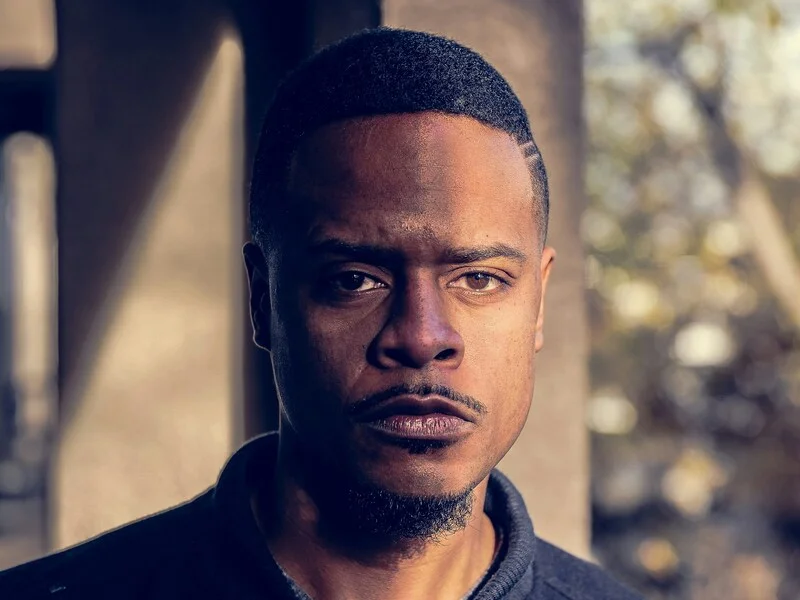
In the Midnight Run, DeNiro transforms from a cynical bounty hunter to a man with restored faith in the goodness in each man, no matter how small it is.
Joker at the end of The Dark Knight ends with an important lesson. His hypothesis of humans being animals ready to do anything to save their petty lives proves to be wrong as he witnesses the unity of Gotham citizens who are ready to die to save their fellow citizens.
If you’re filming a short, this applies as well.
The breakup your main character goes through in your 10 min short might be a lesson that will serve him in future relationships.
The lost match in the finals might be a turning moment for your tennis player who realizes that there is more to life than training and winning.
A battle with cancer can push your main character outside her comfort zone and show her that sometimes you can’t make it on your own without the help of others.
Conclusion
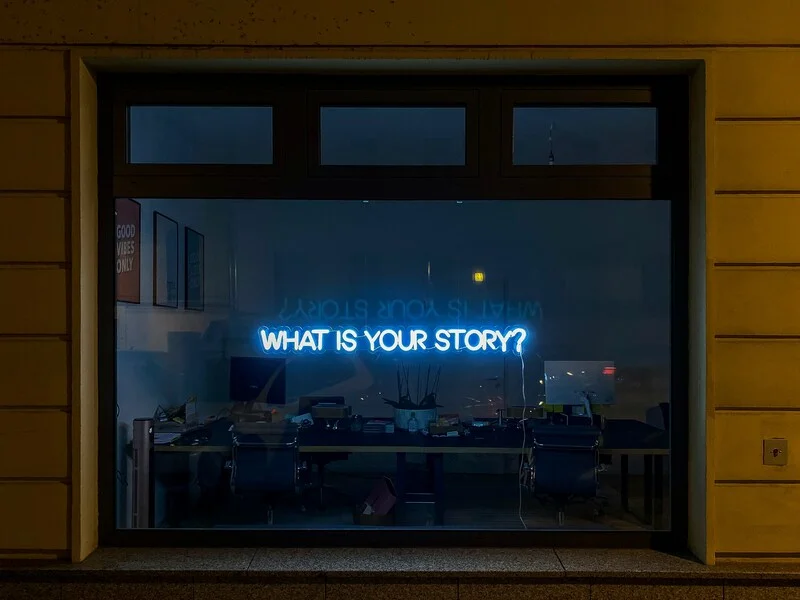
All of the tips laid down will help with not only building great characters but also driving your plot forward.
I guarantee that using them will improve your storytelling and writing.
The best way to use it is to incorporate them when writing from scratch or use it as a checklist for your script. If something doesn’t sit well with your characters, reverse engineer your story and define pain points of your character to solve them with one or a couple of tips we mentioned.
Caring for Your Characters

Don’t forget to care about your character, even if you’re aiming to build a kick-ass villain. It will help with creating a more engaging story that will make your viewers care. Share your favorite way of creating great film characters in the comments and let our HayotFilms team know how you put our tips into action.
We’re big fans of meticulously created film characters and will do our best to help you create one for your film.
Good luck.


